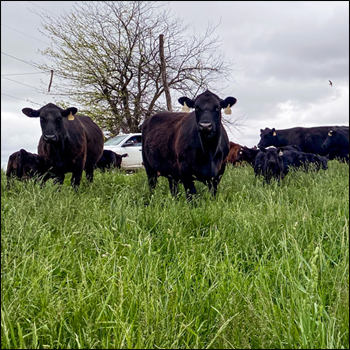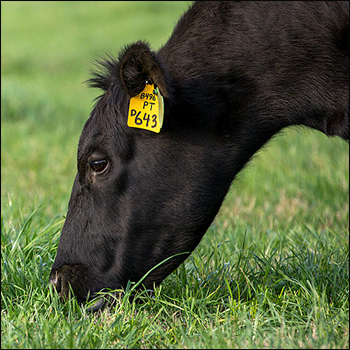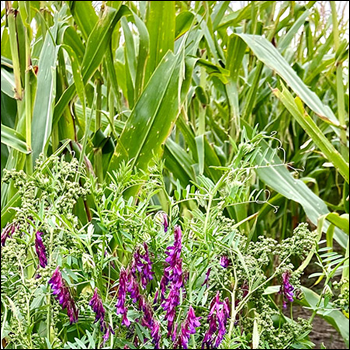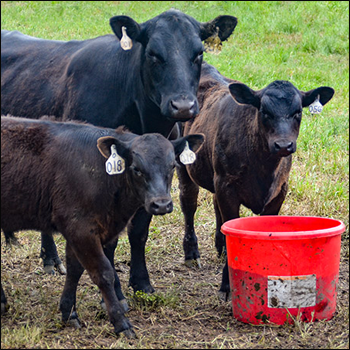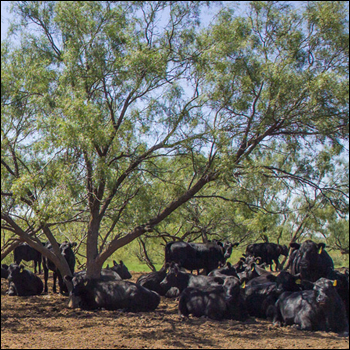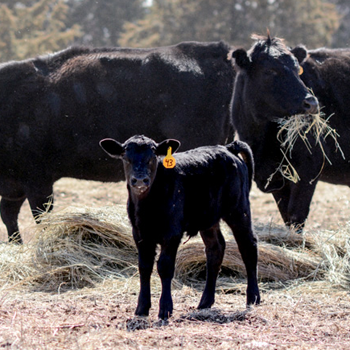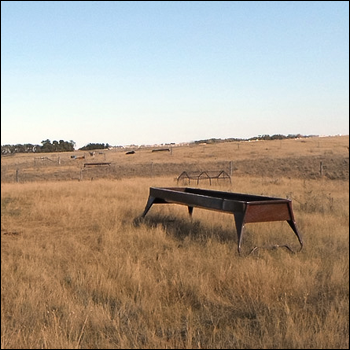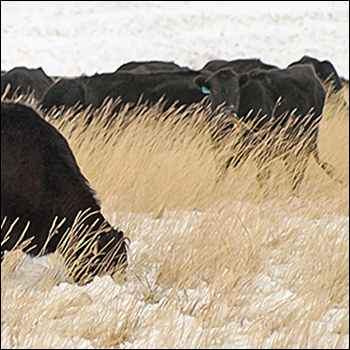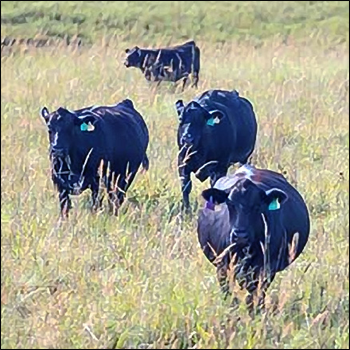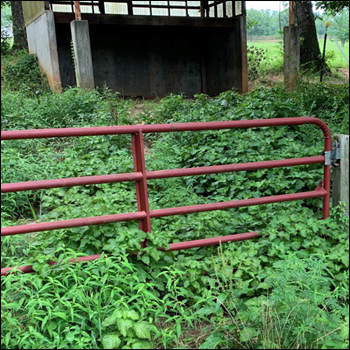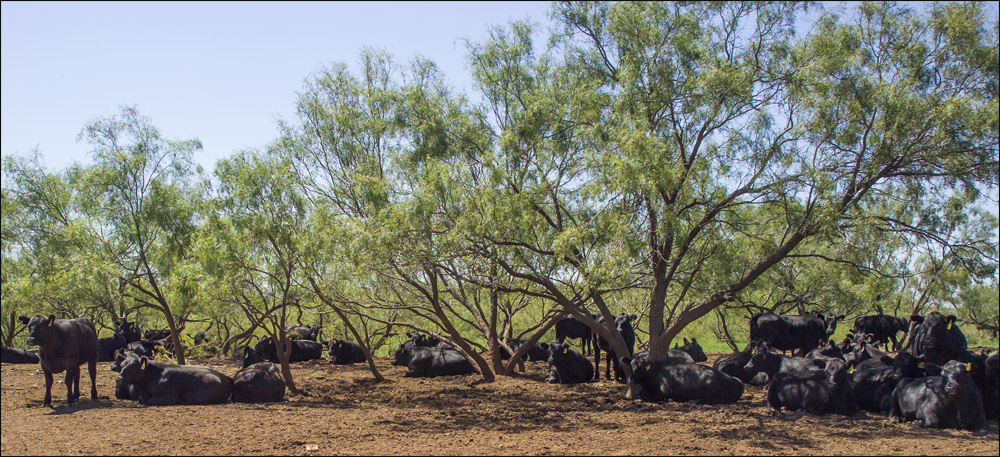
How to Deal With Woody Weeds
Invasive plants steal the resources your pasture needs.
Weeds are thieves — and they come in many forms. Weeds are incredibly good at competing for resources. Many invasive species are tolerant of harsh environmental conditions. They typically steal nutrients away from other plants. Some invaders have allelopathic properties, meaning they produce chemical substances that inhibit the germination and growth of other plants. Most invaders produce copious amounts of seed that may remain viable in the soil for years.
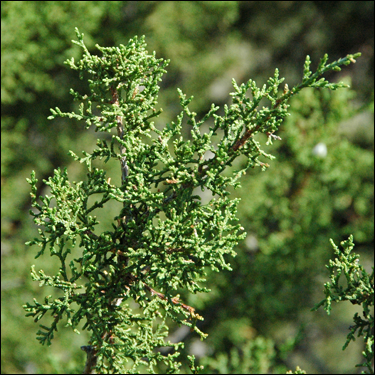
Redberry juniper [Photo by James St. John] |
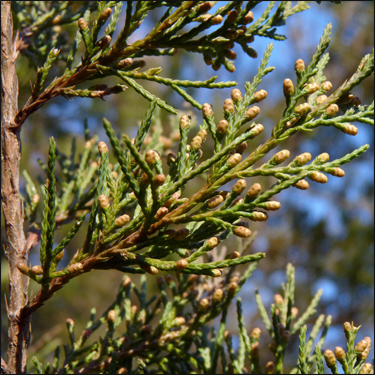
Eastern redcedar [Photo by Dendroica Cerulea.] |
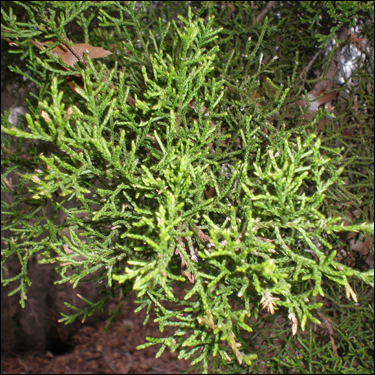
Ashe juniper. [Photo by PK Burns.] |
If the weeds in question are not native, there may be few, if any, natural predators to help regulate the population. Which invasive plants are the greatest cause for concern can vary by climate, elevation and personal opinion. In the western half of the country, and particularly the semiarid region west of the 100th meridian, most conscientious graziers are concerned about the long-term effects of invasive plants having the greatest thirst.
Historically, periodic fire events help develop grassland ecosystems, keeping woody plant species at bay. Settlement brought a culture of fire suppression that has favored invasive native plants. According to Morgan Treadwell, a Texas A&M University range specialist, mesquite and a pair of junipers have been beneficiaries. They may be the most aggressive invaders encroaching on Southwestern rangelands.
“Some people attribute woody encroachment to fire suppression, others blame overgrazing, and some say it’s a combination of the two. I think it’s the result of both, made worse by drought,” offers Treadwell.
“Mesquite and juniper encroachment also show that it’s not always exotic species that are the troublemakers,” she says. “These are native species. They have been here all along, but were more scarce in the past. But we’ve lost balance in the ecosystem.”
Treadwell admits there are some good things about mesquite. It’s a legume capable of fixing nitrogen in the soil. Perhaps most notable are the beans (seed pods), which can be a valuable source of protein and fiber for livestock and wildlife. However, mesquite is an aggressive competitor for soil moisture. It is capable of exploiting deep water sources by growing a lengthy taproot. It also produces an extensive lateral root system nearer the soil surface.
“Once it finds its niche, mesquite can be nearly impossible to eradicate. That root system includes an extensive bud reserve. Cut a mesquite, and it comes back,” explains Treadwell.
Redberry junipers also are capable of resprouting from a bud zone if the top is removed. Unchecked, redberry junipers tend toward a monoculture. They can form dense stands with broad, tight canopies that allow little rainfall or sunlight to penetrate. Litter that accumulates beneath the junipers absorbs most of the moisture that does get through, preventing it from reaching the soil surface.
“Biodiversity decreases rapidly with increased juniper densities, because nothing else grows under redberry junipers,” states Treadwell.
She calls Ashe (blueberry) juniper a “more tame” species. It does not have the same bud reserves, and it will not resprout if the top is cut off. Yet Ashe junipers also form dense thickets that crowd out grassland forages.
Treadwell says it’s interesting, and a little scary, that woody encroachment has progressed so well for so long — for more than 150 years — and many landowners are seemingly unaware.
“With succession and generational transfer of real estate, a growing amount of land is now owned by folks that think it always looked like it does now,” says Treadwell. “They think it always was juniper forest. They don’t realize it was prairie.”
More information on invasive weeds is available in the full article “Water Thieves” in the March Angus Beef Bulletin at https://bit.ly/ABBWaterThieves.
You can also learn more about weed management in the latest Angus at Work podcast episode.
Editor’s note: Troy Smith is a cattleman and freelance writer from Sargent, Neb. Lead photo by Shauna Hermel. Bottom photo by Miranda Reiman.
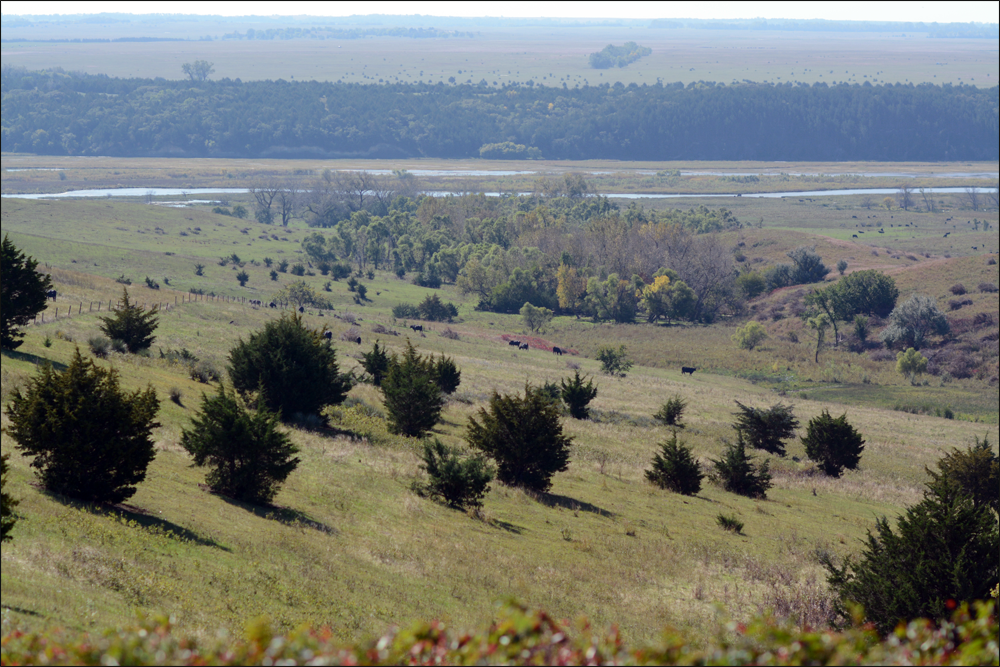

Angus Proud
In this Angus Proud series, Editorial Intern Jessica Wesson provides insights into how producers across the country use Angus genetics in their respective environments.
 Angus Proud: Scott Sproul
Angus Proud: Scott Sproul
Oklahoma operation learned wisdom of moving calving season to better suit their marketing needs.
 Angus Proud: Bubba Crosby
Angus Proud: Bubba Crosby
Fall-calving Georgia herd uses quality and co-ops to market calves.
 Angus Proud: Jim Moore
Angus Proud: Jim Moore
Arkansas operation retains ownership through feeding and values carcass data.
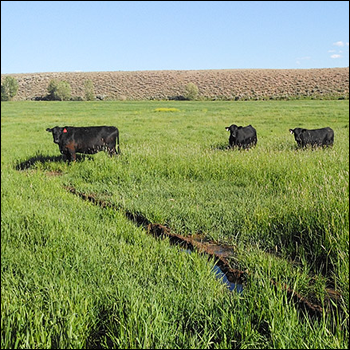 Angus Proud: Stephen Shiner
Angus Proud: Stephen Shiner
Idaho operation rotates pastures in summer and raises crops for winter.
 Angus Proud: Les Shaw
Angus Proud: Les Shaw
South Dakota operation manages winter with preparation and bull selection.
 Angus Proud: Jeremy Stevens
Angus Proud: Jeremy Stevens
Nebraska operation is self-sufficient for feedstuffs despite sandy soil.
 Angus Proud: Dave Rutan
Angus Proud: Dave Rutan
Angus breeder gets the most out of his bull investment by partnering with opposite calving-season operation.
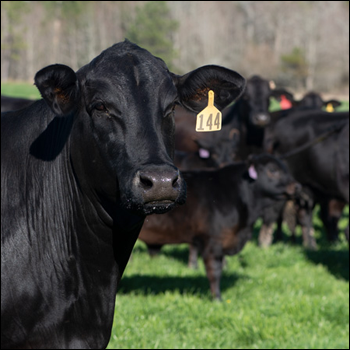 Angus Proud: Nickey Smith
Angus Proud: Nickey Smith
AngusLink helps Louisiana cattleman gain more for his calves.
